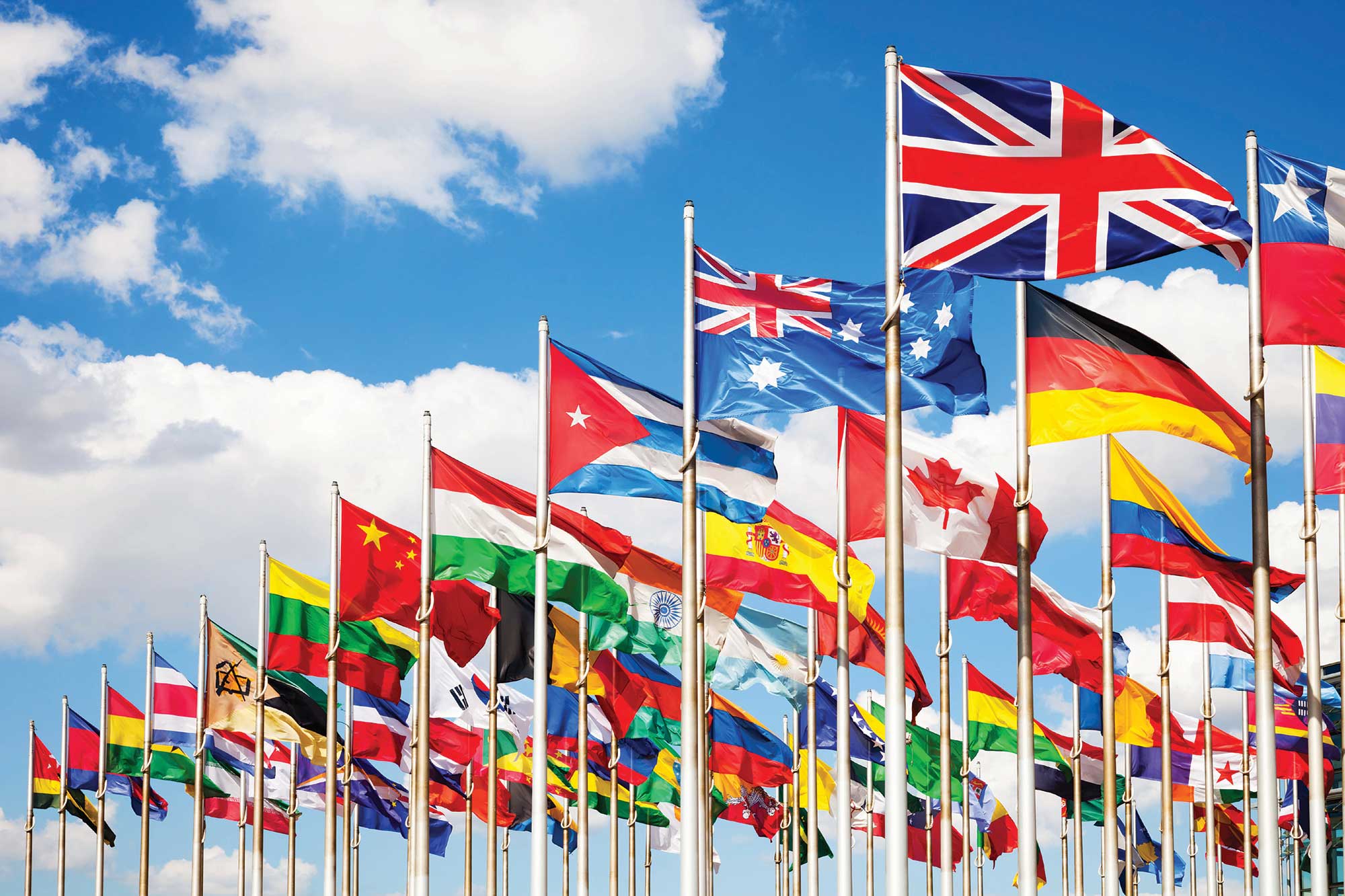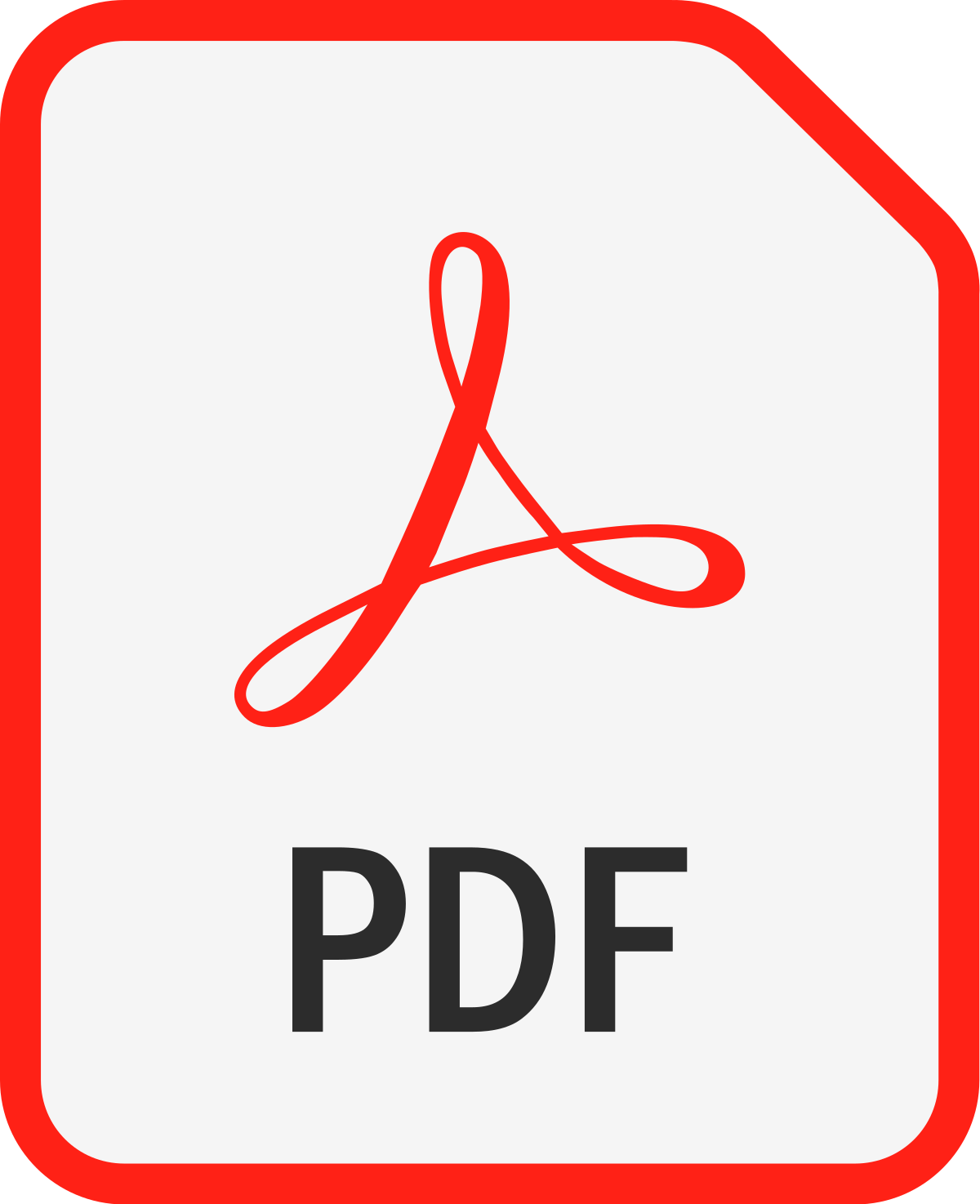Home > CSC-OpenAccess Library > Manuscript Information
EXPLORE PUBLICATIONS BY COUNTRIES |
 |
| EUROPE | |
| MIDDLE EAST | |
| ASIA | |
| AFRICA | |
| ............................. | |
| United States of America | |
| United Kingdom | |
| Canada | |
| Australia | |
| Italy | |
| France | |
| Brazil | |
| Germany | |
| Malaysia | |
| Turkey | |
| China | |
| Taiwan | |
| Japan | |
| Saudi Arabia | |
| Jordan | |
| Egypt | |
| United Arab Emirates | |
| India | |
| Nigeria | |
Language as a renewable resource: Import, dissipation, and absorption of innovations
Bengt-Arne Wickstroem
Pages - 32 - 52 | Revised - 15-09-2012 | Published - 25-10-2012
MORE INFORMATION
KEYWORDS
language contact, borrowing, language structure, language status, language planning, renewable resource
ABSTRACT
The structural stability of different languages subject to the import of external elements is analyzed. The rate of import and dissipation of new elements is seen in relation to the rate at which a language absorbs new elements into their structure. The analysis leads to a model formally similar to the standard model used to analyze the extraction of renewable resources.
This model is applied to different sociolinguistic situations and we speculate over how the structural type of a language determines its rate of adaption of the external innovations. Conditions that might lead to attrition and decay of the linguistic system, are characterized and some policy implications are drawn.
| 1 | Alcalde, J. (2015). Linguistic justice: an interdisciplinary overview of the literature. |
| A. M. S. McMahon. Understanding Language Change. Cambridge: Cambridge University Press,1994. | |
| B.-A. Wickström. “Can bilingualism be dynamically stable? A simple model of language choice.”Rationality and Society, vol. 17, no. 1, pp. 81–115, 2005. | |
| B.-A. Wickström. “Die Sprache als erneuerbare Ressource: Die Kapazität verschiedener Sprachen,fremde Elemente zu nostrifizieren.” In: Florilegium Interlinguisticum: Festschrift für Detlev Blanke zum 70. Geburtstag. Ed. by C. Brosch and S. Fiedler. Frankfurt am Main: Peter Lang, 2011,pp. 193–208. | |
| C. Fernando, R.-L. Valijärvi, and R. A. Goldstein. “A model of the mechanisms of language extinction and revitalization strategies to save endangered languages.” Human Biology, vol. 82, no. 1,pp. 47–75, Feb. 2010. | |
| D. M. Abrams and S. H. Strogatz. “Modelling the dynamics of language death.” Nature, vol. 424,p. 900, 2003. | |
| D. Winford. An Introduction to Contact Linguistics. Vol. 33. Language in Society. Oxford: Blackwell,2003. | |
| E. M. Rogers. Diffusion of Innovations. 5th ed. New York: The Free Press, 2003. (orig. pub. as:Diffusion of Innovations. New York: The Free Press, 1962.) | |
| J. A. Holm. Pidgins and Creoles: Volume 1, Theory and Structure. Cambridge Language Surveys.Cambridge: Cambridge University Press, 1988. | |
| J. A. Holm. Pidgins and Creoles: Volume 2, Reference Survey. Cambridge Language Surveys.Cambridge: Cambridge University Press, 1989. | |
| J. W. Minett and W. S.-Y. Wang. “Modelling endangered languages: The effects of bilingualism and social structure.” Lingua, vol. 118, pp. 19–45, 2008. | |
| M. Chen. “The time dimension: Contribution toward a theory of sound change.” Foundations of Language, vol. 8, no. 4, pp. 457–498, Jul. 1972. | |
| M. Clyne. Dynamics of Language Contact: English and Immigrant Languages. Cambridge Approaches to Language Contact. Cambridge: Cambridge University Press, 2003. | |
| M. Patriarca and T. Leppänen. “Modeling language competition.” Physica A, vol. 338, pp. 296–299, 2004. | |
| S. G. Thomason and T. Kaufman. Language Contact, Creolization and Genetic Linguistics. Berkeley:University of California Press, 1988. | |
| S. Gal. Language Shift: Social Determinants of Linguistic Change in Bilingual Austria. New York:Academic Press, 1979. | |
| W. Labov. Principles of Lingustic Change, Volume 2: Social Factors. Vol. 29. Language in Society.Oxford: Blackwell, 2001. | |
| W. S.-Y. Wang and J. W. Minett. “The invasion of language: Emergence, change and death.” Trends in Ecology and Evolution, vol. 20, no. 5, pp. 263–269, 2005. | |
| X. Castelló, L. Loureiro-Porto, V. M. Eguíluz, and M. San Miguel. “The fate of bilingualism in a model of language competition.” In: Advancing Social Simulation: The First World Conference.Ed. by S. Takahashi, J. Sallach, and Rouchier. Tokyo: Springer-Verlag, 2007, pp. 83–94. | |
Professor Bengt-Arne Wickstroem
Humboldt-Universität zu Berlin - Germany
wickstr@hu-berlin.de
|
|
|
|
| View all special issues >> | |
|
|



